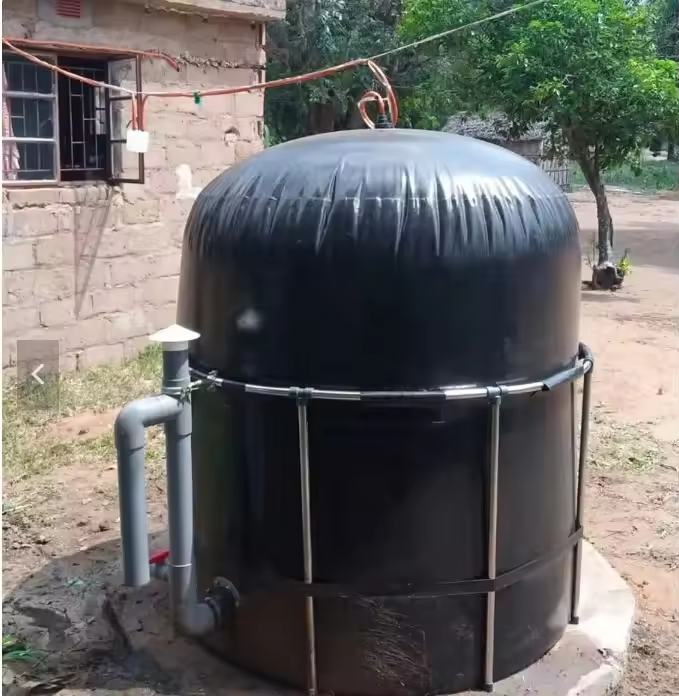Turning Toilet Trouble into Tangible Power: The Electrifying Potential of Human Waste
We flush it away without a second thought, but what if that seemingly useless byproduct of our daily lives held a surprising secret?
Get ready to have your perception of "waste" flipped on its head, because human waste is emerging as an unlikely, yet increasingly viable, source of electricity generation.
Forget fossil fuels for a moment. Imagine a world where our trips to the restroom could contribute to a greener energy future. It sounds like science fiction, but the technology is very much a reality. The key lies in a fascinating natural process called anaerobic digestion.
So, how exactly does our "number two" power our world? Let's break it down:
The Magic of Microbes: Anaerobic Digestion Unveiled
Think of specialized, tiny workers – microorganisms – that thrive in environments devoid of oxygen. When these microbes encounter the organic matter in human waste (scientifically known as sewage sludge), they get to work, breaking it down in a sealed, air-tight container called an anaerobic digester.
This microbial feast has a remarkable byproduct: biogas. This gas is primarily composed of methane (CH4), the same potent stuff found in natural gas. And what can you do with methane? You can burn it!
From Biogas to Bright Lights: Generating Electricity
The captured biogas becomes the fuel for electricity generation in a couple of key ways:
- Biogas-Powered Generators: Just like conventional power plants that burn natural gas, the biogas can fuel internal combustion engines or turbines connected to electric generators. Voila! Waste is transformed into watts.
- The Fuel Cell Frontier: More cutting-edge technologies are exploring the use of biogas in fuel cells. These devices convert the chemical energy of methane directly into electricity with impressive efficiency.
More Than Just Power: A Sustainable Solution
Harnessing the energy potential of human waste isn't just about generating electricity. It offers a range of compelling benefits:
- Waste Reduction: It significantly reduces the volume of sewage sludge that needs disposal.
- Resource Recovery: Beyond biogas, the process also yields a nutrient-rich digestate, a fantastic natural fertilizer.
- Reduced Greenhouse Gas Emissions: By capturing and utilizing methane (a potent greenhouse gas), we prevent its release into the atmosphere.
The Future is Flush with Potential
While not yet a mainstream energy source, the technology for generating electricity from human waste is gaining momentum globally. From wastewater treatment plants becoming energy producers to innovative on-site systems, the potential to turn our toilet troubles into tangible power is truly electrifying.
Read this, Turning Waste into Wattage: The Potential of Human Waste for Generating Electricity.
What are your thoughts on this surprising source of renewable energy? Share your comments below! 👇







Thanks for the information
ReplyDeleteVery much joy reading this
ReplyDeletei'm on fire to know
ReplyDeleteA 2024 study from Renewable Energy reported digester optimizations increasing methane yields by 15% using co-digestion with food waste.
ReplyDeleteDecreased greenhouse gas emissions by capturing methane
ReplyDeleteSignificantly reduces the volume of human waste
ReplyDeleteWhy is it that no one in my circle ever talks about this?
ReplyDeletea 2025 Market Research Future report projecting the waste-to-energy market to grow from $66.94 billion to $131.08 billion by 2034
ReplyDeleteBeyond power generation, this process offers significant environmental advantages
ReplyDeleteBeyond the electrifying potential, the additional benefits are just as significant—reducing waste volume, recovering nutrients for fertilizer, and mitigating greenhouse gas emissions
ReplyDelete